Non snow stoke, but still skiing stoke either way
So what the hell:
Bruneau Sand Dunes TR: 10/13 & 10/14
The flamingo's ran out of snow to ski on so they skied on ....sand?!
And now Serious Ski Movie Part IV. Sand Skiing
As we approached the dunes, I had a strange sense that something was watching me.
We answered it's questions:
Isn't that hard on the wax? No
Do you really ski the dunes on those regular downhill skis? Yep
How do you get back up the dunes? Walk
We were unable to offer the flamingo any gifts as we didn't have any SWATCH watches or neon one pieces. When we returned to camp we offered the flamingos lots to eat....BradCake, Hungarian Goulash, snacks, and shredgars birthday cake :lol:
The flamingo stood guard and protected us from "sand-alanches"
The hike up the dunes:
Brad, shredgar, and me
Coming down:
shredgar:
Back up again:
shredgar:
me:
All the while the flamingo stood as a beacon of safety:
But after 7 runs and lots of sun exposure we were starting to go crazy!
shredgar and SJ
So we called it a day...
However the call of the flamingo and the sand called us back for more on Sunday:
The lone flamingo found a mate at camp:
Shredgar and SJ left for home, we said our goodbyes and best wishes, but Brad, Jen and myself got in a few more. Our aim was to do the fabled Great Bruneau Sand Dune traverse
After finding our way out of the parking lot and past the lakes on the east side of the sand dunes we came out onto a surreal sandscape:
After one run down a fun line on the east face we made our way along the traverse:
We made our way over to the crater. The crater is thought to be formed between two seperate sand dunes. It's a really neat feature of these unique dunes. It's even cooler to stand in the crater itself and look around.
Let alone ski down it:
Critter prints on the hike out of the crater:
Dropping the crater
Scenic ski shot:
After one last run down the opposite side of the crater we decided to call it a day. Thanks everyone for the great company, food and drink. See ya next year:
One our way home past Mountain Home we saw some aliens parachuting down from the very same UFO that hovered over the dunes a few years ago. Coincidence? You decide.........
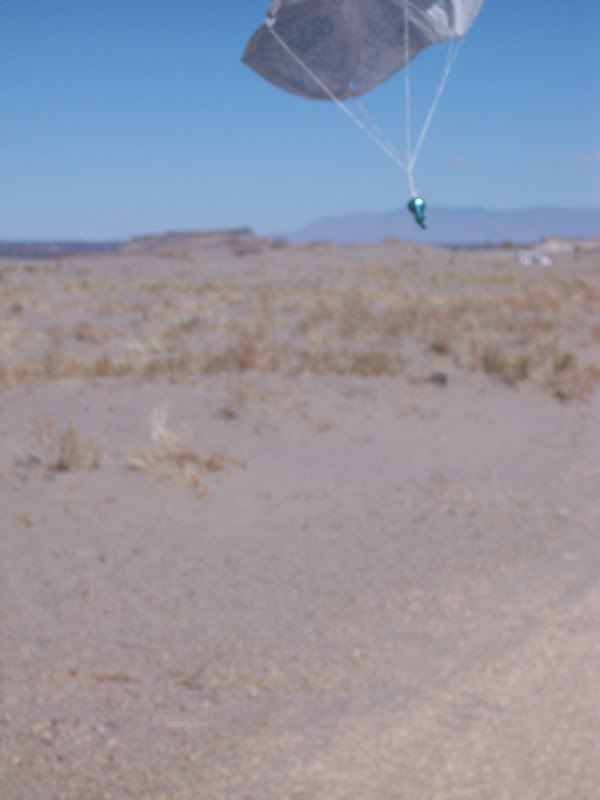
Results 1 to 25 of 25
Thread: TR: Bruneau 10/13 & 14
-
10-16-2007, 09:49 PM #1
 mental projection
mental projection
- Join Date
- Feb 2004
- Location
- 208 State
- Posts
- 2,693
TR: Bruneau 10/13 & 14
-
10-16-2007, 09:58 PM #2
Sick....
-
10-16-2007, 10:03 PM #3
 Registered User
Registered User
- Join Date
- Jan 2006
- Location
- Missoula
- Posts
- 1,008
you are gnar
-
10-16-2007, 10:06 PM #4
 Registered User
Registered User
- Join Date
- Oct 2006
- Location
- denver
- Posts
- 1,863
I've never got around to doing that but have always wanted to.
-
10-16-2007, 10:43 PM #5
Looks like fun! especially going into that crater,
Was it easier to skin up than hiking it? Every time I've been there I have wondered about doing that but its a long way from Seattle and bikes are more important when we go to Idaho.
Also is it still really windy now? I remeber having our tent almost fold over in the wind one night, it sucked.
Oh and the observatory there is really cool worth checking out when its open.
-
10-16-2007, 10:53 PM #6
 click click boom
click click boom
- Join Date
- Nov 2001
- Posts
- 11,326

Mad props for Maltese reenactment action.
-
10-16-2007, 10:57 PM #7
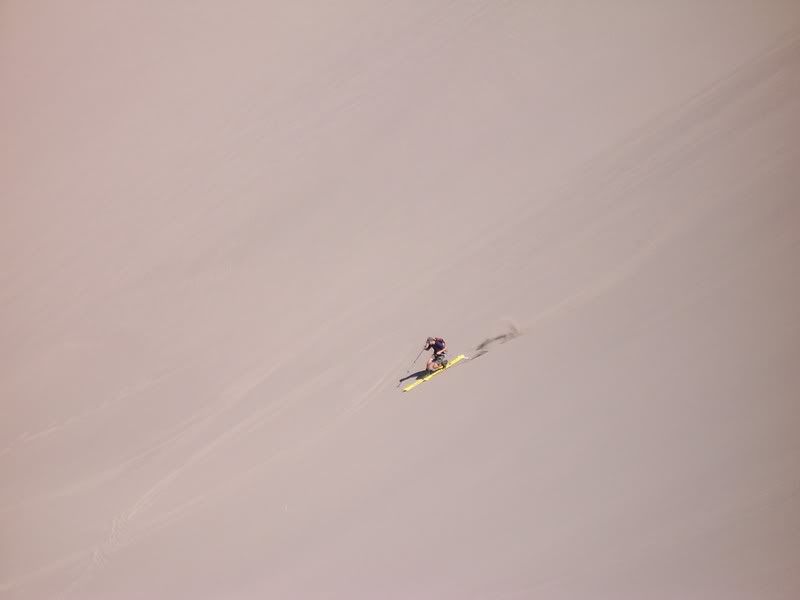
great TR!! Beautiful shots!
-
10-17-2007, 12:05 AM #8
 mental projection
mental projection
- Join Date
- Feb 2004
- Location
- 208 State
- Posts
- 2,693
Thanks guys. Props go out to my wife for the photos
yeah the crater is pretty fun but it nets you less vertical than the dune the flamingo was looking overLooks like fun! especially going into that crater
much easier walking up it with skis on, no skins involved with these climbsWas it easier to skin up than hiking it
it was really windy on Saturday everytime we went back up the dunes we had to "break trail", but as a payoff we had a day of free refills. The camera kind of suffered also, it has a bunch of grit in it nowAlso is it still really windy now?
yep, the guy that runs the Star Party there is a great guy. Definitely into his hobby. A few years ago we were out at the telescope until 3AM looking at all kinds of cool nebulas, star clusters and saw the rings of Saturn.Oh and the observatory there is really cool worth checking out when its open
-
10-17-2007, 01:52 AM #9
U weren't waring your transceivers?? WTF?!
i love the sound of avy bombs in the morning
-
10-17-2007, 02:52 AM #10
Heh, I did this too, have a video of it somewhere. I even found a small (4ft?) drop to do. Hard to stick it on skinny skis!
Did you use pam on your bases?
-
10-17-2007, 05:16 AM #11
Ah... I was wondering if that flamingo was from Malta. Haven't seen the movie yet (alas). Pretty rad flamingo pictures.
What's the edge grip like on sand like that? I have very little idea what that feels like, but I'd like to have more.
Thanks for the TR! Looks like some good ol' time fun."I said flotation is groovy"
-Jimi Hendrix
"Just... ski down there and jump offa somethin' for cryin' out loud!!!"
-The Coolest Guy to have Ever Lived
-
10-17-2007, 06:12 AM #12
Wow! What does that feel like? A general description of it would be awesome. It seems like it would take a steep hill to get going. Sure would be a bad place to do a face plant.
-
10-17-2007, 06:51 AM #13
That looks like a ton of fun. How far is that from Sun Valley?
"I don't feel tardy"
-
10-17-2007, 07:42 AM #14
This TR is Sandtastic.
"You know what's rrrrreal good? Cheese, dipped in cheese." - Big Rodge.
-
10-17-2007, 08:59 AM #15
 mental projection
mental projection
- Join Date
- Feb 2004
- Location
- 208 State
- Posts
- 2,693
it'd ruin the electronics. We did some stability tests and a ski cut before droppingU weren't waring your transceivers?? WTF?!
nope, but I've heard of people putting furniture polish (Pledge works best) on their bases. All my wife and I did was scrape all the wax off and then let the sand do the rest.Did you use pam on your bases?
What's the edge grip like on sand like that?As you can imagine the edge grip is pretty good on that uniform of sand. You definitely don't want to set too hard of an edge on the softer sand, but with the harder sand (if that makes sense?) you can get a little more edging.What does that feel like?
It had rained the night before so some of the sand was a little more packed.
Skiing the sand is a pretty slow process, you have to find an angle about 33 degrees to even try to get some turns on. I'd describe skiing the sand like skiing in wet spring gloppy pow.
it'd probably be about 2 1/2 hrs?How far is that from Sun Valley?
-
10-17-2007, 09:33 AM #16
 Registered User
Registered User
- Join Date
- Nov 2004
- Posts
- 372
very cool TR!!
-
10-17-2007, 09:47 AM #17
That looks like SO much fun...I've always wanted to ski dunes, but never had big enough dunes and enough motivation to do it...
-
10-17-2007, 09:55 AM #18
Best of all you get a free base grind.
-
10-17-2007, 09:55 AM #19
A most excellent venue. Sorry we missed the trip this year but we still got our sand turns in down at GSDNP in CO.
For some of the questions:
* Yes, you just ski up the ridge of the dune. The sand is slow enough that you don't need skins and it would ruin them anyway.
* Sand is slower than snow (though the Bruneau dunes are significantly faster than the dunes in CO due to eons of weathering on the sand there while the sand in CO is a mere 65,000 years old). Accordingly, you have to find the steepest face and go straight down until your momentum overcomes the friction. Then you can make turns without bogging down. Be patient and don't force your turns if you don't have enough speed -- just like in deep, heavy powder.
* The angle of repose of sand is 34 to 37 degrees. I think at Bruneau it is at the lower end of that range because of the smaller, more rounded grains there.
* Some folks swear by Pledge. My theory is that a denser base material will be faster and Pledge helps a little on top of that. I use old Kazama Cornices and they fly. My wife's old Dynastar straight skis (Omesofts) are good too. Volants have a very dense base (same stuff as the Kazamas).
* Falling is a rather abrupt deceleration, but face plants don't really hurt all that much. Indeed not good for cameras.
* Wet sand is faster than dry sand.
*The Sleeping Bear Dune near TC, MI is about 200 feet taller than Bruneau or GSDNP but I don't think they allow skiing there. Anyway, it has canteloup-sized rocks in it. But there may be good sand skiing elsewhere on the east shore of Lake Michigan. There is also Sand Mountain in Utah but you have to share it with ATVs and some big dunes in Death Valley NP but there again, I believe the park service does not allow skiing. I am sure there are others but you want at least 200 vertical feet to make a decent run. Bruneau and GSDNP both are about 450.
SAND SKIING ROCKS!
Below is a video from GSDNP last month.
Right click and save as...
GSDNP
I boiled my thermometer, and sure enough, this spot, which purported to be two thousand feet higher than the locality of the hotel, turned out to be nine thousand feet LOWER. Thus the fact was clearly demonstrated that, ABOVE A CERTAIN POINT, THE HIGHER A POINT SEEMS TO BE, THE LOWER IT ACTUALLY IS. Our ascent itself was a great achievement, but this contribution to science was an inconceivably greater matter.
--MT--
-
10-17-2007, 12:00 PM #20
way different and cool...
-
10-17-2007, 12:47 PM #21
 Registered User
Registered User
- Join Date
- May 2006
- Location
- Route 108
- Posts
- 134
nice TR
picture rocks national lake shore on lake superior has a 7 mile long steep sandy bluff with 200 to 450 ft down to lake, its fun.
-
10-17-2007, 01:02 PM #22
 Hucked to flat once
Hucked to flat once
- Join Date
- Oct 2005
- Location
- Idaho
- Posts
- 11,258
-
10-17-2007, 01:37 PM #23
Free heal - Lose mind
Hello darkness my old friend
-
10-17-2007, 02:29 PM #24
 mental projection
mental projection
- Join Date
- Feb 2004
- Location
- 208 State
- Posts
- 2,693
-
10-17-2007, 07:10 PM #25
Tele Jokes never get old.
 Looks like a great time.
Looks like a great time.
Similar Threads
-
Euro TR: ?????????????
By geo039 in forum General Ski / Snowboard DiscussionReplies: 38Last Post: 10-05-2007, 02:57 AM -
MTB TR: Star Pass, 8-5-2007
By mtnbikerskierchick in forum General Ski / Snowboard DiscussionReplies: 16Last Post: 08-14-2007, 09:04 PM -
TR - Dog Days at "The Center Patch" and more!
By Vets in forum General Ski / Snowboard DiscussionReplies: 5Last Post: 07-13-2007, 08:05 PM -
TR: Neva Mountain, Indian Peak Wilderness, 06/03/07
By BurnHard in forum General Ski / Snowboard DiscussionReplies: 13Last Post: 06-04-2007, 02:19 PM

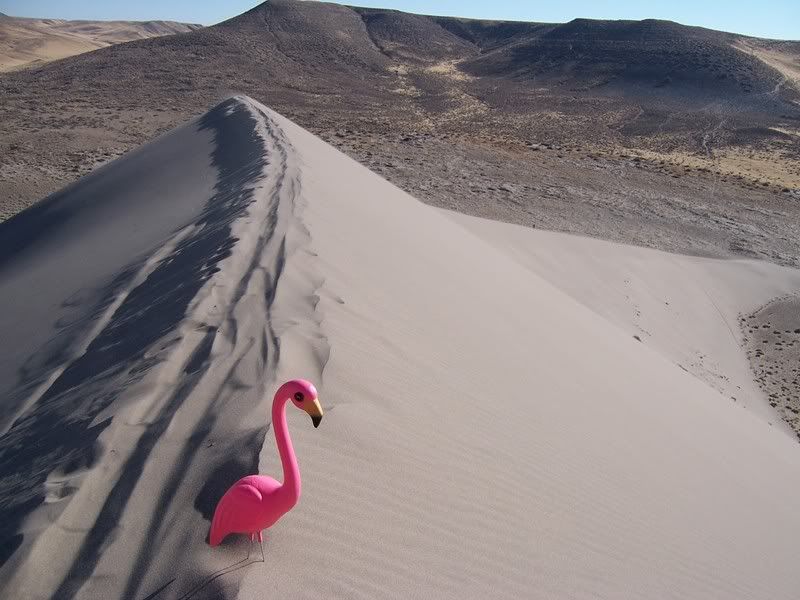


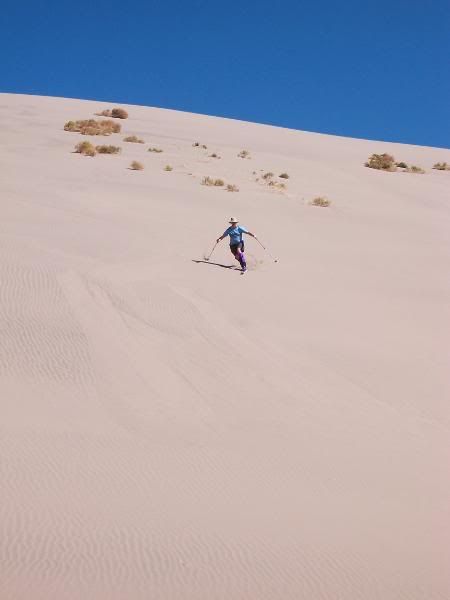
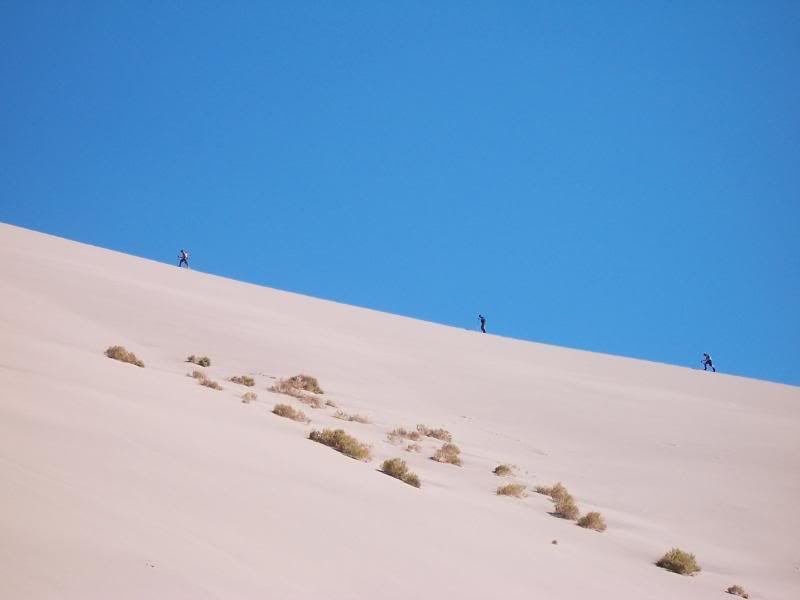
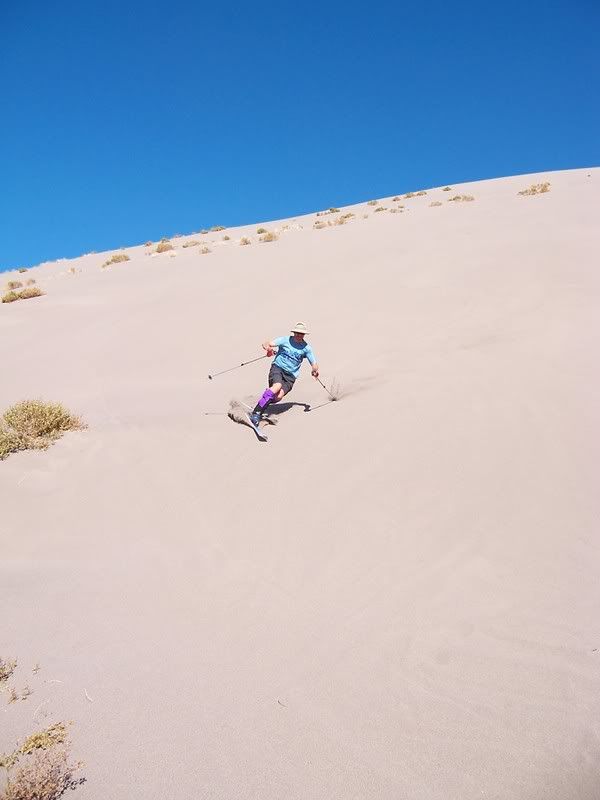
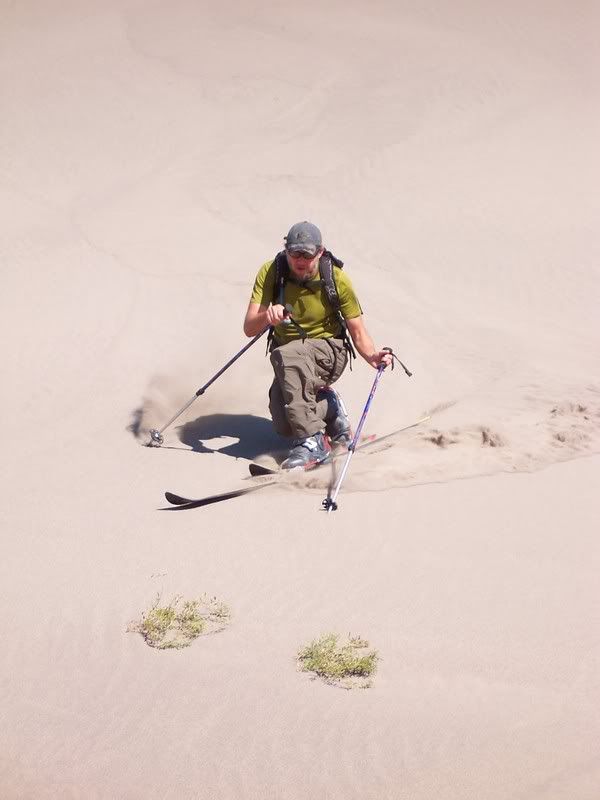
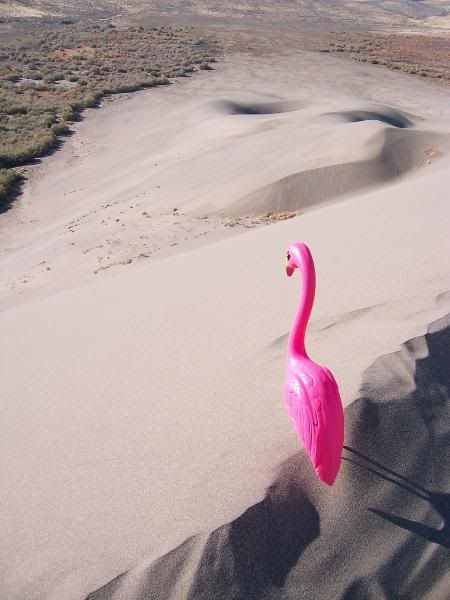
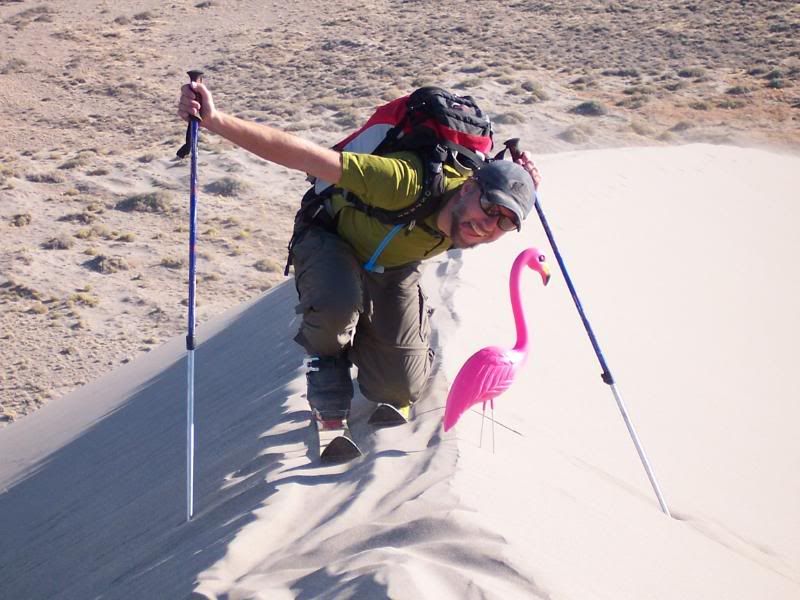
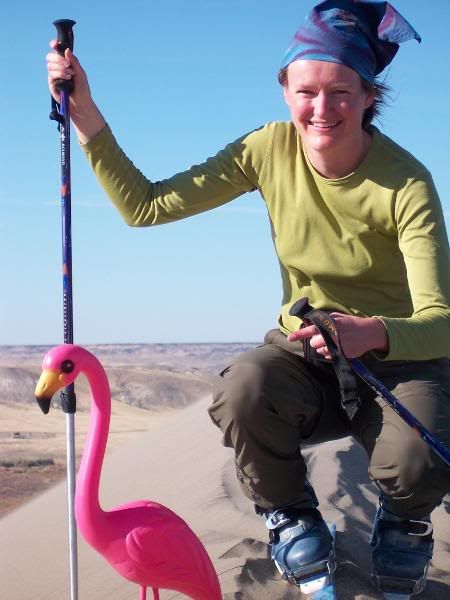
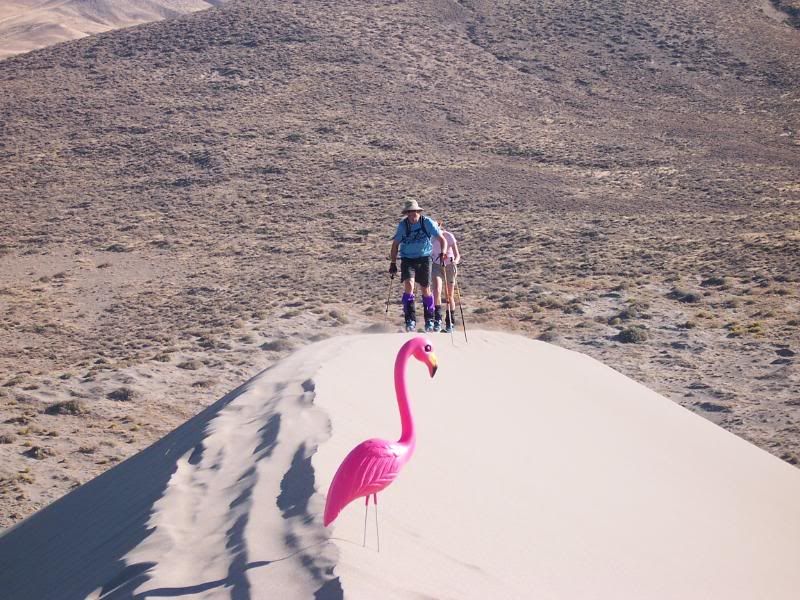
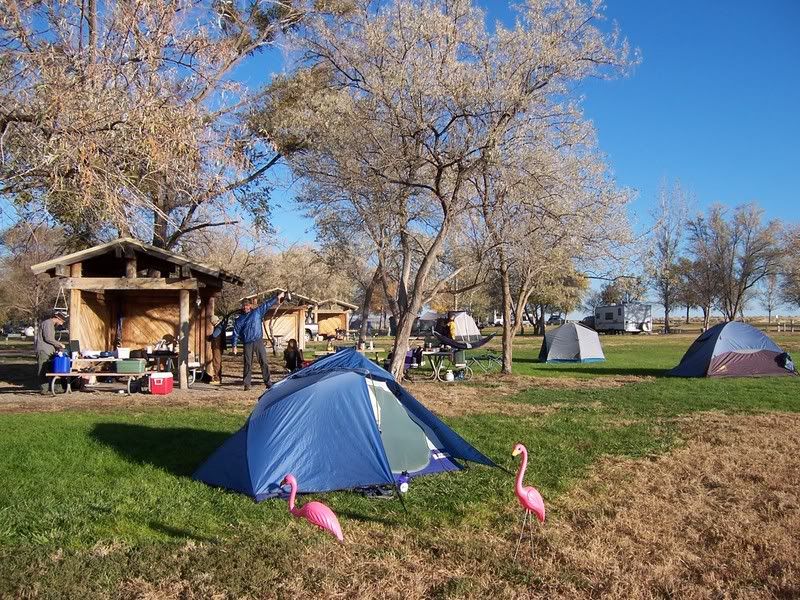
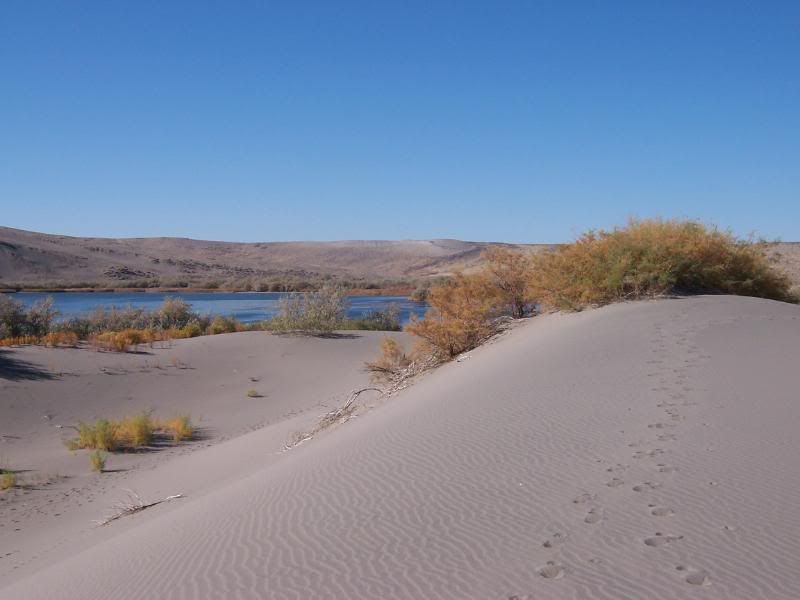
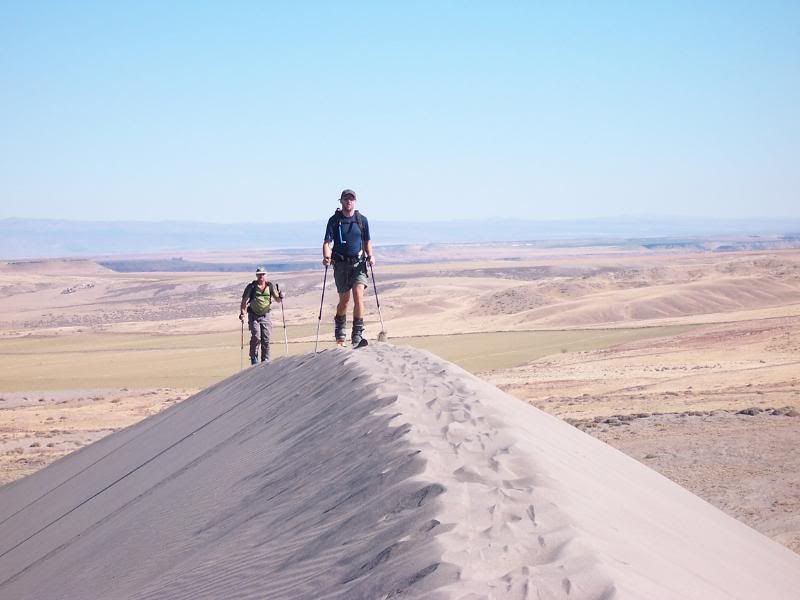

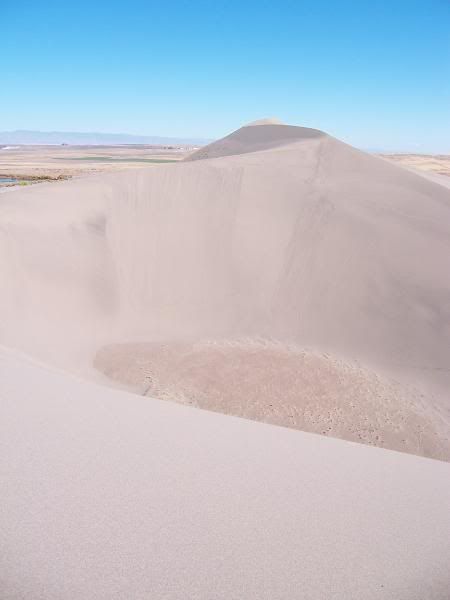


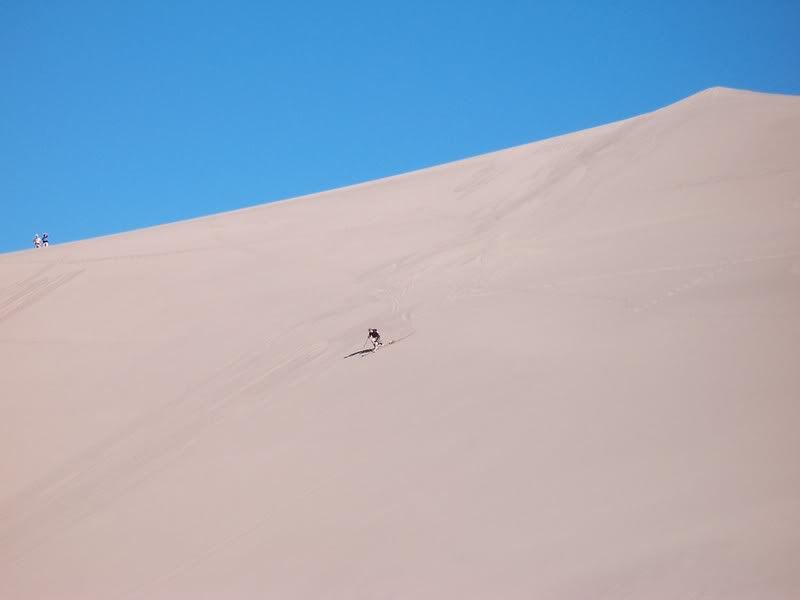

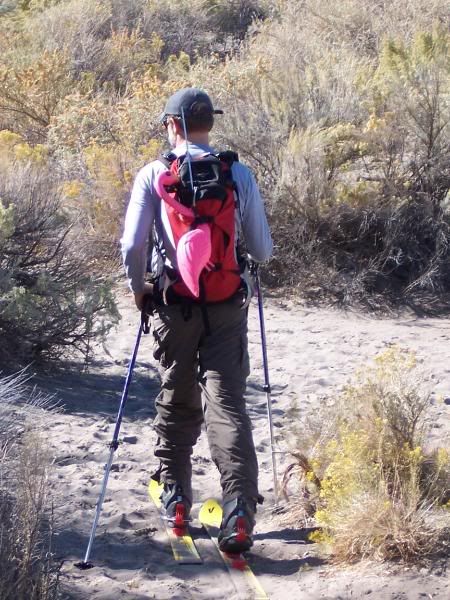

 Reply With Quote
Reply With Quote







Bookmarks